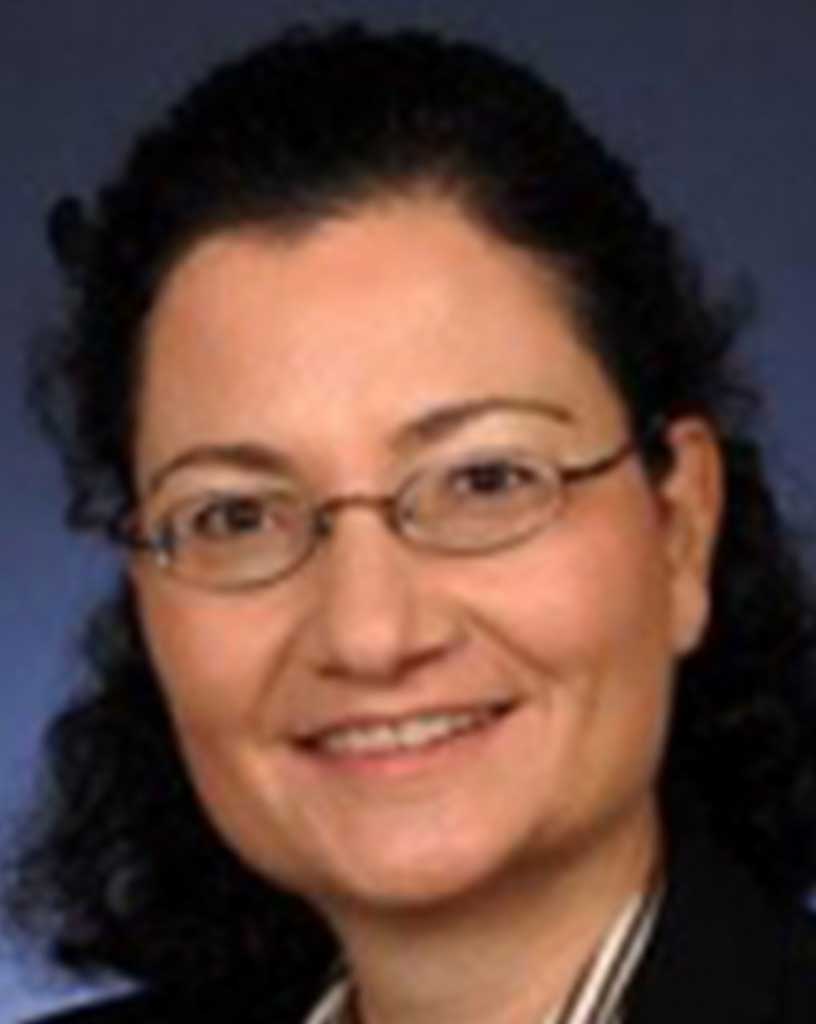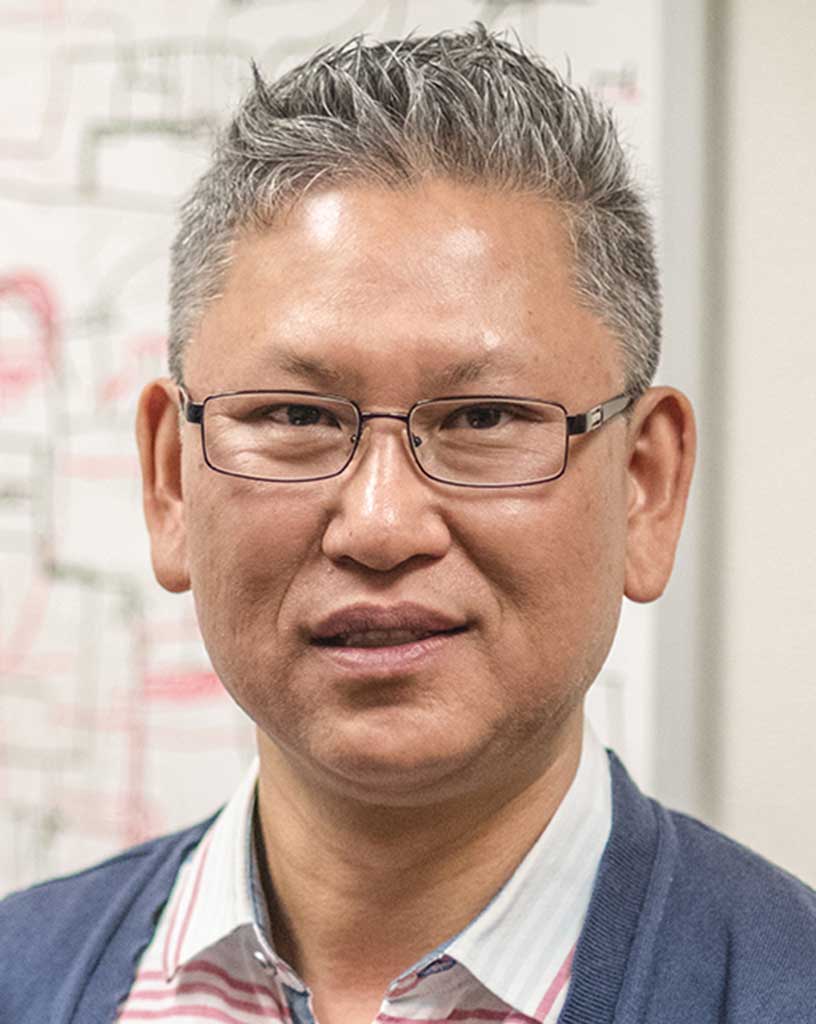634 Nedderman Hall
Box 19019
416 Yates Street
Arlington, TX 76019-0019
Healthcare
Recent Highlights

Center for Assistive Technologies to Enhance Human Performance - iPerform
The iPerform Center is an NSF-funded Industry-University Cooperative Research Center (I/UCRC) bringing professors and scientists at the University of Texas at Arlington and the University of Texas at Dallas together to advance basic and applied research in Assistive Technologies to enhance human performance.
Research Highlights
Detection and prevention of blast-induced traumatic brain injuries
UTA researchers are working to better understand the effects of blasts on the brain by studying cavitation and how shock waves travel through brain tissue.
Using nanotechnology to target inoperable tumors from the inside out
A UTA materials scientist has developed biocompatible nanoseeds that are injectable with a very small needle and cause limited trauma to surrounding tissue. Because the nanoseeds are injectable, they can be used in tumors in other areas of the body, such as the brain, lungs and liver.
Detecting COVID-19 in minutes
A UTA researcher is developing a $5 portable device, about the size of a person’s thumb, that can deliver COVID-19 testing results on-site in about 10 minutes.
Using light to detect and treat brain disorders
A UTA bioengineer has not only investigated the brain imaging capability of light but also revealed the therapeutic rationale for potentially improving cognitive functions of patients with PTSD.
Studying biomechanical influences on ventricular growth
A UTA researcher is working to determine how blood flow and cardiac muscle contraction affects gene development that leads to ventricular chamber development in the heart by developing a new microscope that can capture 3-D motion, then add time to construct a 4-D beating heart using optical imaging techniques with fluorescent nanoparticles in a zebrafish.
Printing blood vessels for children with vascular defects
A UTA researcher develop materials that will allow doctors to use a 3-D printer to create unique new blood vessels for children with vascular defects.
Exploring more accurate methods to analyze brain image data
A UTA computer scientist is exploring how to combine topology and machine learning to comb through highly complex, very high resolution brain image data to more accurately predict the outcome of future data, making it more accessible to doctor and researchers.
Detecting lung cancer from breath
A UTA electrical engineer develop a non-invasive, optofluidic gas-analyzing microsystem to detect early stage lung cancer through biomarkers in a patient’s breath, saving patients from needle biopsies and extended waits for a diagnosis.
Drug delivery through nanoparticles
A multidisciplinary team of UTA researchers has developed a prototype for a new drug-loaded nanoparticle, which is cloaked with the plasma membrane of an immune or T-cell. This T-cell mimicking nanoparticle can recognize melanoma cells, bind with them to deliver drugs and kill the cell.
Enhanced imaging to detect tumors
A UTA bioengineer is using ultrasound-mediated techniques – combined with microparticles or nanoparticles that tumors attract – to image small but deep tumors. Exposed to ultrasound waves, the particles become temporarily fluorescent and can be detected by a non-invasive system that his team has developed.
Resources
Cancer and Regenerative Medicine Laboratory
The lab has complete cell culture, bacteria culture, histology, surgical equipment, and imaging equipment sufficient to carry out a wide variety of preclinical research. This lab provides essential expertise and the facility to translate scientific discoveries into clinical practice to benefit humanity.
Cardiovascular Bioengineering Lab
Voxel super-resolution light-sheet microscopy to image centimeter to micron-scale specimens. AI-driven 4D imaging system to capture the rapid dynamic motions of biological sample. Computational tool to quantify biomechanical cues to understand cardiac morphogenesis. Extensive biomedical research equipment to mimic the environment of human body.
Biomolecular Imaging Lab
Multi-modality imaging capabilities to probe mechanobiological interactions over multiple length and time scales, including atomic force microscopy, two-photon microscopy, and nanovid microscopy, in vitro explosive blast system to simulate shock wave exposure on the battlefield.
Nanomedicine Lab
Temperature-controlled ultracentrifuge, hyperspectral microscopy to characterize micro- and nano-scale materials, freeze dry system to lyophilize biological samples, nanoparticle characterization capability to determine the particle size and surface charges, exceptionally sensitive spectrophotometer to utilize wavelengths from UV to near infrared spectrum.




























